Held every three years, Volvo Ocean Race is one of the most popular spectator sports after Formula 1 and the World Cup.The event appeals to sailing enthusiasts as well as sports fans around the world.visited the Volvo Ocean Race in Miami in 2012.
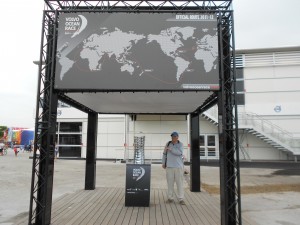
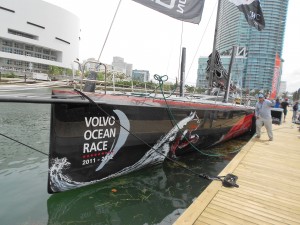

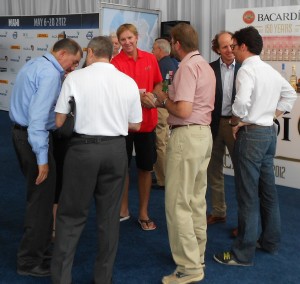
In 2023
The Ocean Race (formerly the Volvo Ocean Race) features two classes of boats, the IMOCA 60 and the VO65. The VO65 boats are built to a strict one-design rule, meaning they are identical in every way. The boats are controlled by a hydraulic system, and the crew size is 10-12 people.
Primary Ballast System should be Water Ballast
The Volvo Ocean 65 has several innovative features that make it a high-performing and competitive race machine. The Volvo Ocean 65 has two aft water ballasts and one forward water ballast, which provide righting moment and make the boat more stable. The boat also has a hydraulic system that controls the canting keel and twin rudders. The boat has an inclined keel pin axis that creates a large vertical force on the keel fin, creating lift and reducing the displacement and the amount of drag. The boat has eight bulkheads, which make the structure stronger and more solid than a typical Volvo Open 70 boat. The Volvo Ocean 65 has a high-performance mast with a square-top mainsail and a jib.
Like the VO65, the primary ballast used in the VO70 boats is water ballasts The VO70 boats have two aft water ballast tanks and one forward water ballast tank.The water ballast systems as used on the former Volvo 60s meant that up to 2.5 tonnes of water had to be pumped up onto the high side of vessel.
The IMOCA 60 is a 60-foot boat with a canting keel. The primary ballast used in the IMOCA 60 boats is also water ballast. The VO60 is not a singular yacht design or boat but rather a set of design rules. The 2023 edition of The Ocean Race will allow comparison between the all-new, super-fast and foiling IMOCA 60s and the one-design VO65 fleet.
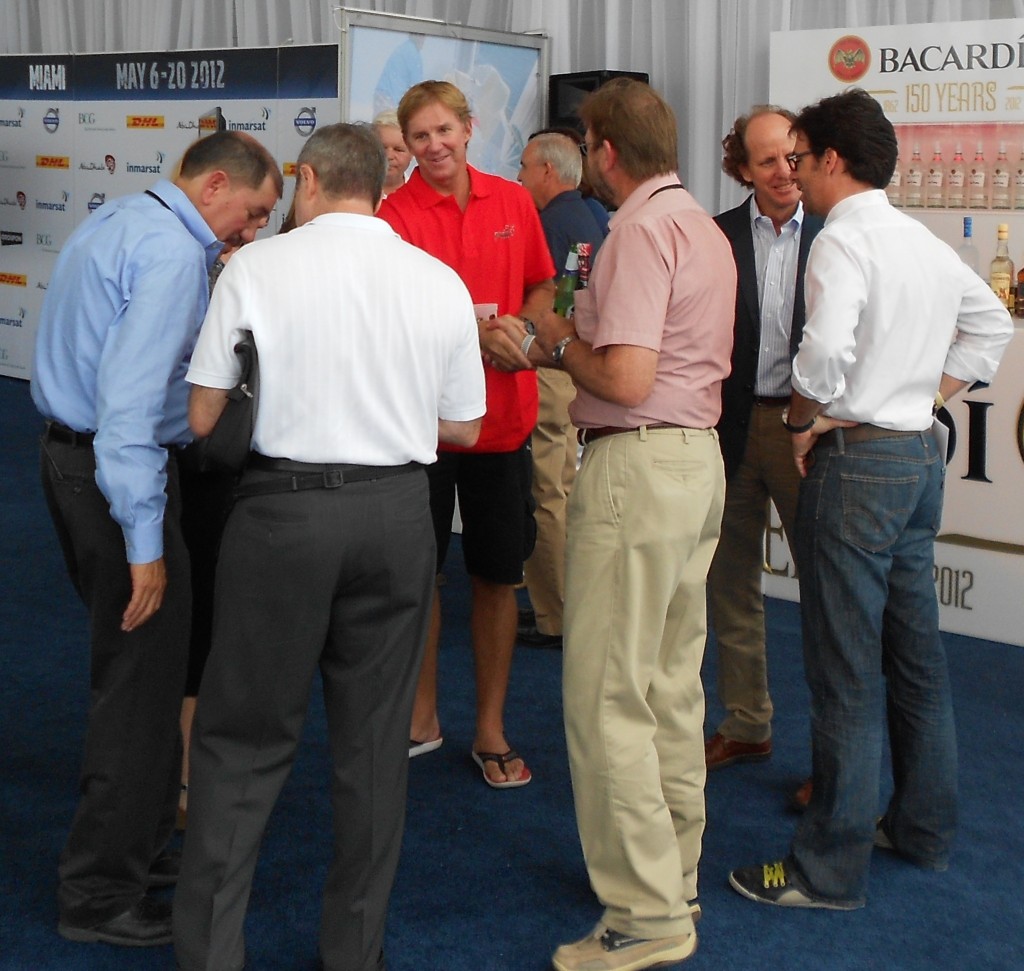
Ken Read was the skipper of PUMA Ocean Racing, which participated in the Volvo Ocean Race in 2012. The yacht was named “il mostro”. The Volvo 70 is a former class of racing yachts designed for the Volvo Ocean Race, which was first used in the 2005-06 race, replacing the Volvo Ocean 60 yachts.
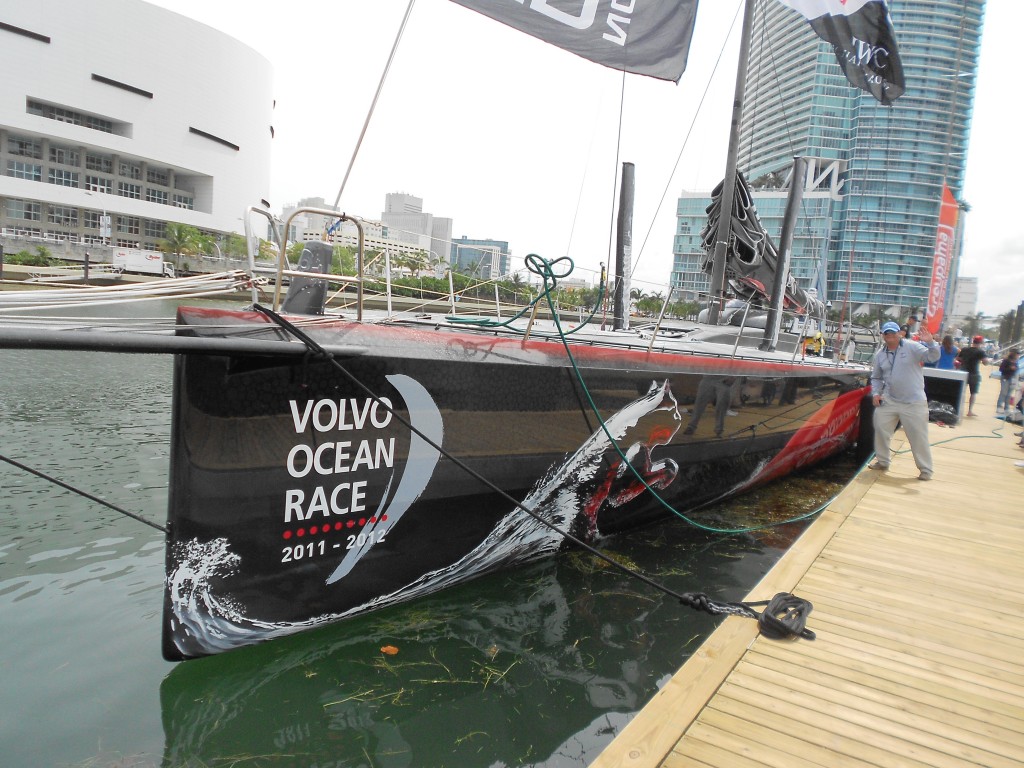
The Volvo Open 70 is not a one design boat but rather a set of design rules to which competing boats must adhere. The builds proved expensive and fragile, with numerous structural failures during races. The VO70 rule requires a minimum angle of vanishing stability of 115 degrees, which is calculated with all appendages in their worst possible position. The VO70 rule allows the designer to place the hinge axis for the canting keel up to a maximum of 150mm above the hull surface. In that configuration, I consider it a multihull.
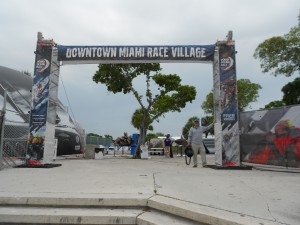

in 2007 Rambler won the Rolex Middle Sea Race in 47hrs, 55 mins & 3secs. George David was the owner and Ken Read represented the USA. That record still stands. But Ken is not in the Volvo Ocean Race this year (2014 – 2015) Nore did he participate in the RMSR. He is part of Jim Clark’s team on Comanche which is intended to break many records.
Day Nine – 250 Miles to Newport
Berk was visibly exhausted from another tough night. The Gulf Stream had kicked up some towering waves-the very kind these boats are purposely built to withstand-and we spent the evening pounding right through it on our way west to Newport. It was pretty awful but somewhat expected from the stream’s strong currents, and nothing most of us haven’t seen before. Except Berk.
His attitude this trip, the first time he’s sailed offshore away from Turkey and outside of the Med, has been amazing and his willingness to smile through anything has made him a pleasure to have along. I don’t think he’s felt near 100% for any of it, but he continues to learn, ask questions, and help wherever’s needed. Back home he sails on the old Volvo 70 nicknamed Black Betty, ex-race winner “ABN Amro 2,” so big powerful boats like this are nothing new, but the settings are.
So when I offered Berk a coffee this morning and he politely declined, rubbing his belly as if to say he wasn’t quite ready, I was reminded that every experience out here is his first. I told him
no matter how rough or how bad things get, however crappy you may feel, to remember things always get better. I told him that the sensation of coming on deck whenever they do, how extraordinarily exceptional an any-day morning such as today’s can be after a night like that-that is what brought me back. And I could tell that he was feeling better, maybe a little more aware of just how nice it felt to be alive and well on such a pleasant morning. Berk smiled, said thank you, and reached for the coffee.
We are training to race around the world and the experiences we have along the way mean different things to different people. With just 250 miles to Newport, home for me and for a lot of guys on this boat, this last night on the yacht makes me realize I’m happy to be back with a team of great people, but I’m happier to again be sharing their collective experiences.
Held every three years, Volvo Ocean Race is one of the most popular spectator sports after Formula 1 and the World Cup. The event appeals to sailing enthusiasts as well as sports fans around the world. This year, the race will begin with a spectacular ceremony in Alicante, Spain on October 4, and end in Goteborg, Sweden on June 27, 2015. The teams will cover 40,000 nautical miles, battling against 20-meter swells, minus 40 degree cold, icebergs, intense weather, gale-force winds, as well as extreme heat.
The teams will cross four oceans and five continents during the 9-month race, and call at 10 ports: Spain (Alicante), South Africa (Cape Town), United Arab Emirates (Abu Dhabi), China (Sanya), New Zealand (Auckland), Brazil (Itajai), America (Newport), Portugal (Lisbon), France (Lorient) and Sweden (Goteborg).
VO65: the new boat for maximum competition
Celebrating its 40th year, Volvo Ocean Race has a new boat for the 2014-2015 race. All teams will now compete in identical boats for a grueling 9 months to ensure that the skills of the teams and their members are tested to the max.
The new boatVO65, is designed by Farr Yacht Design in the United States, with a consortium of four boatyards taking care of the build process – Green Marine in the United Kingdom, Decisi.VO65 specifications:on in Switzerland, Multiplast in France and Persico in Italy. More than 120 people worked for a total of 36.000 man-hours in the building of VO65.
Hull length: 20,37 meters
Hull beam: 5,60 meters
Weight: 12.500 kilograms
Rig height: 30,30 meters
Sail area: 468 square meters (mainsail)
The new design of the VO65 allows for more images to be captured on the boat, and makes it easier to follow the race online.
Join Team Alvimedica fan club, follow on:
Facebook Twitter
Instagram
http://www.alvimedica.com/about-us/volvo-ocean-race/
Gary E. Brown (@oceanmedia)
4/25/14, 9:12 AM
Your Friday #Caribbean sailing photo fix – Volvo 70 ‘Monster Project’ at the St. Maarten #heinekenregatta pic.twitter.com/8UAW4kgtFN
Main technical specifications
The new Volvo Ocean 65 Class has been designed, engineered and built to be a high performing and competitive race machine.
The technical specifications for the boat are developed in conjunction with suppliers and the designers and full details can be found in the Volvo Ocean 65 Class Rules located in the race Noticeboard.
Hull Length (ISO 8666)
20.37 m (66 ft)
Length waterline (design)
20.00 m (65 ft)
Length overall (inc. bowsprit)
22.14 m (72ft)
Hull Beam overall (ISO 8666)
5.60 m (18.4 ft)
Max Draft (Keel on CL)
4.78 m (15.8 ft)
Boat Weight (empty)
12,500 kg (27,557 lb)
Keel arrangement
Canting keel to +/- 40 degrees with 5 degrees of incline axis
Daggerboards
Twin fwd daggerboards, inboard triangulation
Rudders
Twin fixed rudders – composite stocks
Aft Water Ballast (Wing Tanks)
Twin 800L ballast tanks under cockpit sides at transom
Forward Water Ballast (CL)
Single centerline 1100L ballast tank forward of mast
Rig Height
30.30 m (99.4 ft)
Rig Arrangement
Twin topmast bnckstays and checkstays with deflectors
Bowsprit Length
2.14 m (7ft)
Mainsail Area
163 m2
Working Jib Area
133 m2
Upwind Sail Area
468 m2 (mainsail and masthead Code 0)
296 m2 (mainsail and working jib)
Downwind Sail Area
578 m2 (mainsail and A3)
Jimmy is the “son of a sailor” who is “just glad” he doesn’t live in a trailer. The comparison of a boat to a trailer home is a natural one and our boat can be used like a Recreational Vehicle (RV) when on its trailer.
Unlike an RV, however, when the park is crowded or full, we can launch and anchor in uncrowded conditions, the RV then becoming a Recreational Vessel rather than simply a vehicle. John Guzwell of Trekka expresses a similar notion to Buffet’s. Trekka did not have standing head room and, when asked if he felt that confining, he noted that he could always go topside when wanting to stand upright. Both Buffet and Guzwell separate the confinement one finds in a trailer home from the freedom one gets from their boat. This notion is somewhat lost on those who refer to boats (such as Bayliner’s Buccaneer) in a derogatory way which is often implied in the terms RV and it’s companion word – boxy.
“I’m occasionally asked if I miss the larger, deep draft sailboat. The answer is always no. That type of craft now seems to me like a helpless one-legged seabird soaring above the surface of the sea, never able to safely land or seek shelter.”
Ron Hoddinott
Small Craft Advisor
March/April 2006 issue, pg 26
The new IMOCA class rules have been approved
http://www.vendeeglobe.org/en/news/article/14162/the-new-imoca-class-rules-have-been-approved.html
The new IMOCA class rules were approved at the general meting in Paris on Tuesday 17th December. Among the key elements, the future 2016 Vendée Globe boats will have standardised keels and masts, but the designers have been given greater freedom to deal with other important parameters, in particular those concerning the ballast tanks. The IMOCA class has therefore managed to find the balance allowing the current boats to remain competitive, while enabling new projects to move forward.
Comments 0
Gabart MACIF
© Vincent Curutchet / Macif
For the third time this year, the sailors and owners in the IMOCA class got together for a meeting in Paris with the aim of putting the finishing touches to the new class rules, the box rule, which will determine the design limitations for IMOCA monohulls.
As a reminder, the idea of standardised keels and masts (two possible models: wing mast or traditional mast with spreaders) had already been approved. That has not been questioned, as this should allow the class to achieve its goals of building more reliable boats, cutting the number of boats forced to retire with technical problems.
What changed on Tuesday in Paris concerned many other design choices, in particular those linked to stability and the power of the future monohulls. Without going into all the technical details, four major changes have been made in this area. Firstly the ratios and figures concerning the righting moment (from 22 to 25.5 tonnes/metre), the capsizing angle (110° instead of 112°), the weight of the keel bulb (3.1 tonnes) etc…
Side ballast tanks authorised
The important element is that these figures put together and the decision to withdraw another rule referred to as the 10 degree rule (loaded in the worst case scenario, the boat should not have an angle of heel in excess of ten degrees), is that designers have regained their freedom. In particular, they are once again allowed to come up with side ballast tanks (water tanks improving the boat’s stability) for future boats. This technical modification changes a lot of things concerning the potential performance capabilities of the monohulls, in comparison to those offered by central “inertia” ballast tanks. Ballast tanks along the sides are indeed much more efficient… and as a consequence, they should take up less room and will therefore not be as heavy as previous configurations.
All of that is of course very technical, but the goal of these major changes is to allay the fears of some designers that it would not be possible to come up with newer boats that would perform better than the those that exist today, if the previous set of rules from last spring had been applied. The design teams from Farr, Juan K, VPLP and Guillaume Verdier worked on this matter and their judgement was approved. So now all of the parameters concerning the new IMOCA class rules have been voted and those in charge of projects can start discussions with their designers and research teams in order to begin work on new boats.
A lot is at stake with these new rules, as for the IMOCA class it was necessary to find the perfect balance between ensuring that today’s boats remain competitive, while allowing new boats to move things forward. At the same time the goal was to ensure boats are more reliable and that budgets don’t take off. The new rules appear to satisfy all these criteria. On the one hand, the current fleet of IMOCA boats will be able to be serious contenders without requiring expensive changes, while those planning to build a new boat will still have the freedom to apply technological advances (apart from the keel and mast, which are now one-design elements). The IMOCA class deserves to be congratulated on finding this ideal compromise, where no one loses out.